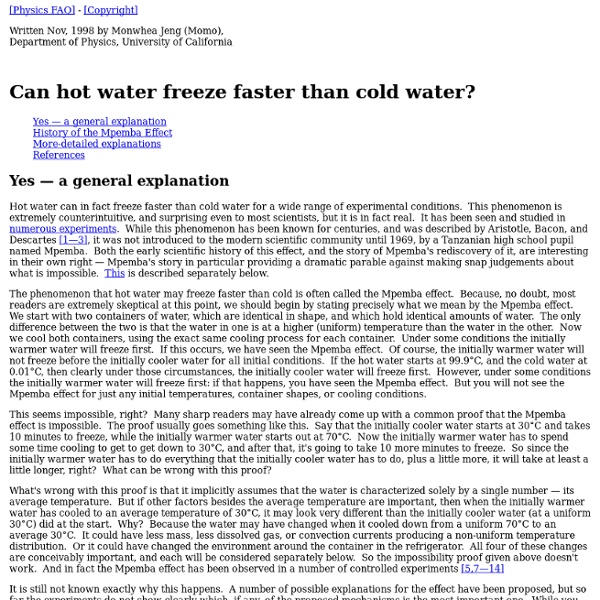Rare Historical Photos Pt. 4 [18 Pics]
Rare Historical Photos Pt. 4 [18 Pics] Oct 29 2012 Another roundup of the popular historical series of posts that we do. You can find the previous post here, and the start of the series here. Archduke Franz Ferdinand with his wife on the day they were assassinated by Gavrilo Princip. Bill (Clinton) & Hillary playing volleyball in Fayetteville, Arkansas, USA. 1975. 106-year old Armenian woman protecting her home with an AK-47. 1990. The first photo upon discovery of Machu Picchu, 1912. A tornado that hit Carswell AFB on Sept 1, 1952 caused massive damage to most of the B-36 fleet. Niels Bohr and Albert Einstein at the Bohr-Einstein debates over quantum mechanics. Boing 707 doing a barrel roll. Johnny Cash performing for prisoners at Folsom Prison. Horten H. Star Wars set at lunchtime. Howard Hughes inside of the H-4 Hercules, more widely known as the “Spruce Goose”. Cape Canaveral Air Force Station. Times Square in New York, 1911. Steamboats in the Mississippi river, 1907. Release of Windows 95.
Atomic-scale magnetic memory
The world's smallest bit Scientists from IBM Research have been investigating and controlling matter on an atomic scale for decades. So, naturally, their latest quest would involve greatly decreasing the storage capacity needed for one bit of data, which on today's computers stands at about 1 million atoms. They set out to develop the ultimate memory chips of the future. By studying the behavior of atoms, researchers can identify crucial factors for building smaller, faster and more energy-efficient devices for business and consumers. A history of innovation As one of the last remaining industrial labs, IBM continues to emphasize fundamental science and investment in R&D. And now, will likely change computing and data storage—and maybe even what you wear around your neck—forever.
Symphony of Science
Weierstrass functions
Weierstrass functions are famous for being continuous everywhere, but differentiable "nowhere". Here is an example of one: It is not hard to show that this series converges for all x. In fact, it is absolutely convergent. It is also an example of a fourier series, a very important and fun type of series. Here's a graph of the function. You can see it's pretty bumpy. Below is an animation, zooming into the graph at x=1. Wikipedia and MathWorld both have informative entries on Weierstrass functions. back to Dr.
News - Magnetic bacteria may help build future bio-computers
7 May 2012Last updated at 09:40 GMT Tiny magnets form inside magnetic bacteria Magnet-making bacteria may be building biological computers of the future, researchers have said. A team from the UK's University of Leeds and Japan's Tokyo University of Agriculture and Technology have used microbes that eat iron. As they ingest the iron, the microbes create tiny magnets inside themselves, similar to those in PC hard drives. The research may lead to the creation of much faster hard drives, the team of scientists say. The study appears in the journal Small. As technology progresses and computer components get smaller and smaller, it becomes harder to produce electronics on a nano-scale. So researchers are now turning to nature - and getting microbes involved. Magnetic bacteria In the current study, the scientists used the bacterium Magnetospirilllum magneticum. These naturally magnetic microorganisms usually live in aquatic environments such as ponds and lakes, below the surface where oxygen is scarce.
Personal and Historical Perspectives of Hans Bethe
Gerard 't Hooft, Theoretical Physics as a Challenge
by Gerard 't Hooft Note: This web site will soon be removed from its present address. An updated and renewed version is available at: This is a web site for young students - and anyone else - who are (like me) thrilled by the challenges posed by real science, and who are - like me - determined to use their brains to discover new things about the physical world that we are living in. In short, it is for all those who decided to study theoretical physics, in their own time. It so often happens that I receive mail - well-intended but totally useless - by amateur physicists who believe to have solved the world. It should be possible, these days, to collect all knowledge you need from the internet. I can tell you of my own experiences. Theoretical Physics is like a sky scraper. Note that this site NOT meant to be very pedagogical. Languages:English is a prerequisite. Return to List Now, first things first : Algebraic equations.
Pythagorean cup
Cross section Cross section of a Pythagorean cup. A Pythagorean cup (also known as a Pythagoras cup, a Greedy Cup or a Tantalus cup) is a form of drinking cup that forces its user to imbibe only in moderation. Form and function[edit] A Pythagorean cup looks like a normal drinking cup, except that the bowl has a central column in it – giving it a shape like a Bundt pan in the center of the cup. When the cup is filled, liquid rises through the second pipe up to the chamber at the top of the central column, following Pascal's principle of communicating vessels. Common occurrences[edit] A Pythagorean cup sold in Crete A Pythagorean cup sold in Samos Hero of Alexandria (c. 10–70 AD) used Pythagorean cups as hydraulic components in his robotic systems. See also[edit] References[edit] External links[edit] Pythagorean cup demonstration video



